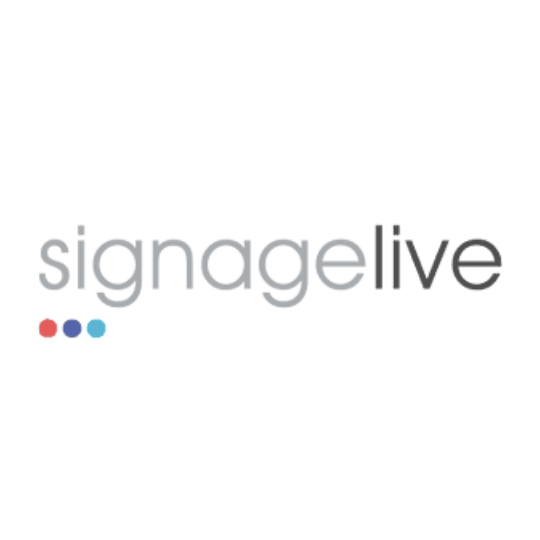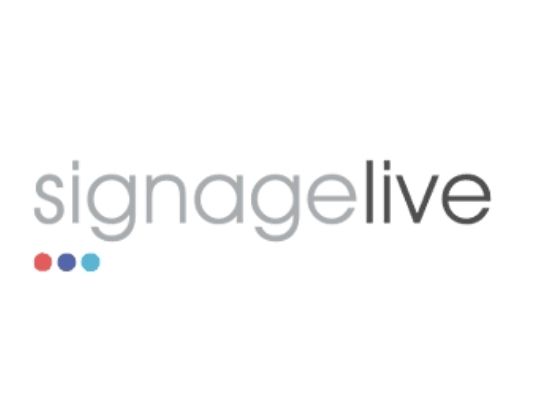Creating and managing digital signage
Creating and managing digital signage takes time and preparation. Displaying content that doesn’t leave a lasting impression can devalue your digital signage experience and lose revenue. So what can be done to make sure you’re not promoting ice cream in the middle of winter or a mulled wine in the middle of summer?
If you’re only displaying one or two screens, most likely, this article isn’t for you, however, if you’re used to managing screens over multiple locations or even multiple regions, this may interest you!
Fast food, coffee and convenience chains have promotional calendars that are built around traditional seasonal events including Easter, Valentines and Halloween and more recent events like Black Friday.
You may already be taking advantage of delivering your digital signage content based on what time of day it is, or even the season you’re currently in but…
Content based on the location’s context
..Have you ever thought about delivering your content based on the context of your location? What’s the weather like outside, what other events are taking place near the location?
It is well known that weather influences consumer behaviour. Studies have found that temperature increases can improve sales of cold drinks by 20% (source). Weather insight drives demand planning to ensure the right product is available at the right time for their guests. However, this insight is rarely actioned via promotion through the in-store digital menus.
Promotion tied to more local events including sporting fixtures, cultural and town specific are harder to cater for at scale. As an example, a store close to a football stadium will get a surge in demand when there is a home match or when the venue is being used for an alternative event, say a pop concert. Each event will drive differing product sales.
Store Analysis Machine (SAM)
Turning insight into action is the job of Store Performance’s Store Analysis Machine (SAM).
SAM uniquely measures in-store performance by collecting and transforming data in-store from EPOS, stock, staffing, weather, events, footfall, demographics etc. Each day this data is synchronised with the cloud to create a central database of all sites.
This data is analysed to discover correlations between data sources which in turn become business rules. As an example when it’s raining and breakfast promote hot drinks or when it’s sunny and lunchtime, promote ice cream.
Finally, SAM business rules engine triggers the correct contextual promotion in real-time through integration to in-store digital menus, kiosks or drive-thru menus in each site. In this way, each site can automatically react to its local conditions and context, in the best way.
Conclusion
By utilising smart technology to manage and analyse all of the variables, you can guarantee a better response from your digital signage and a more complex, yet simple to manage digital signage proposition. Shopping locally is at the forefront of consumers’ minds and being able to offer a more tailored and personal experience to those at your local store can help you send the messaging that’s important to them.
This article was produced in conjunction with Store Performance. You can find out more about Store Performance and the Store Analysis Machine here.








